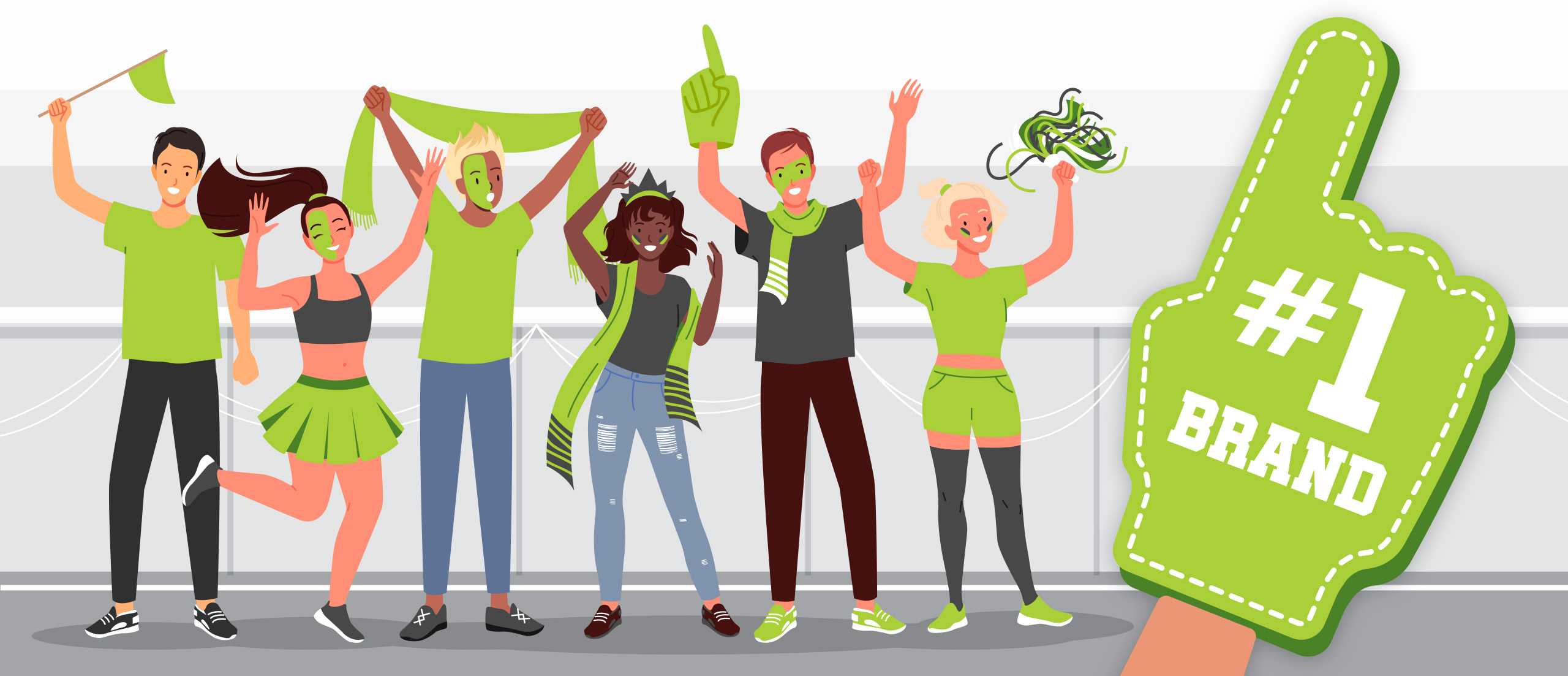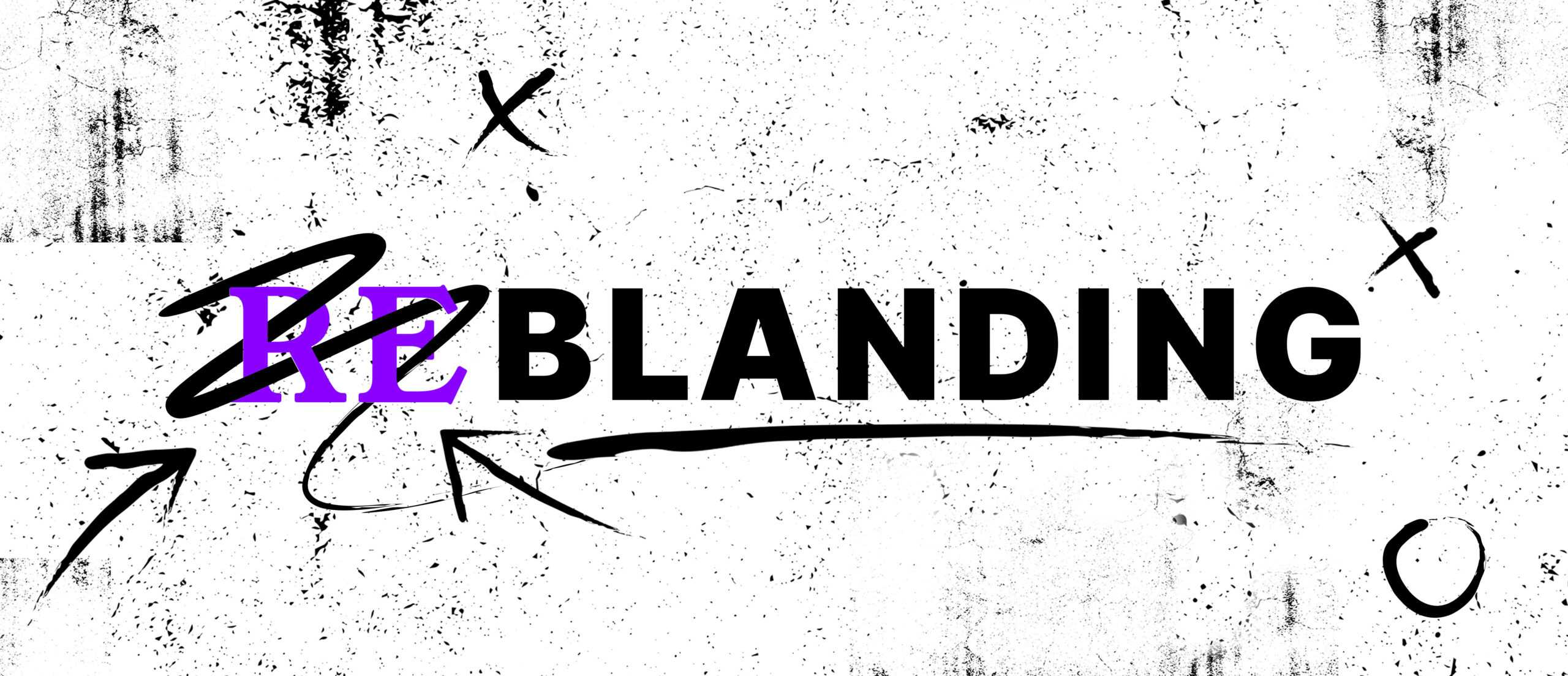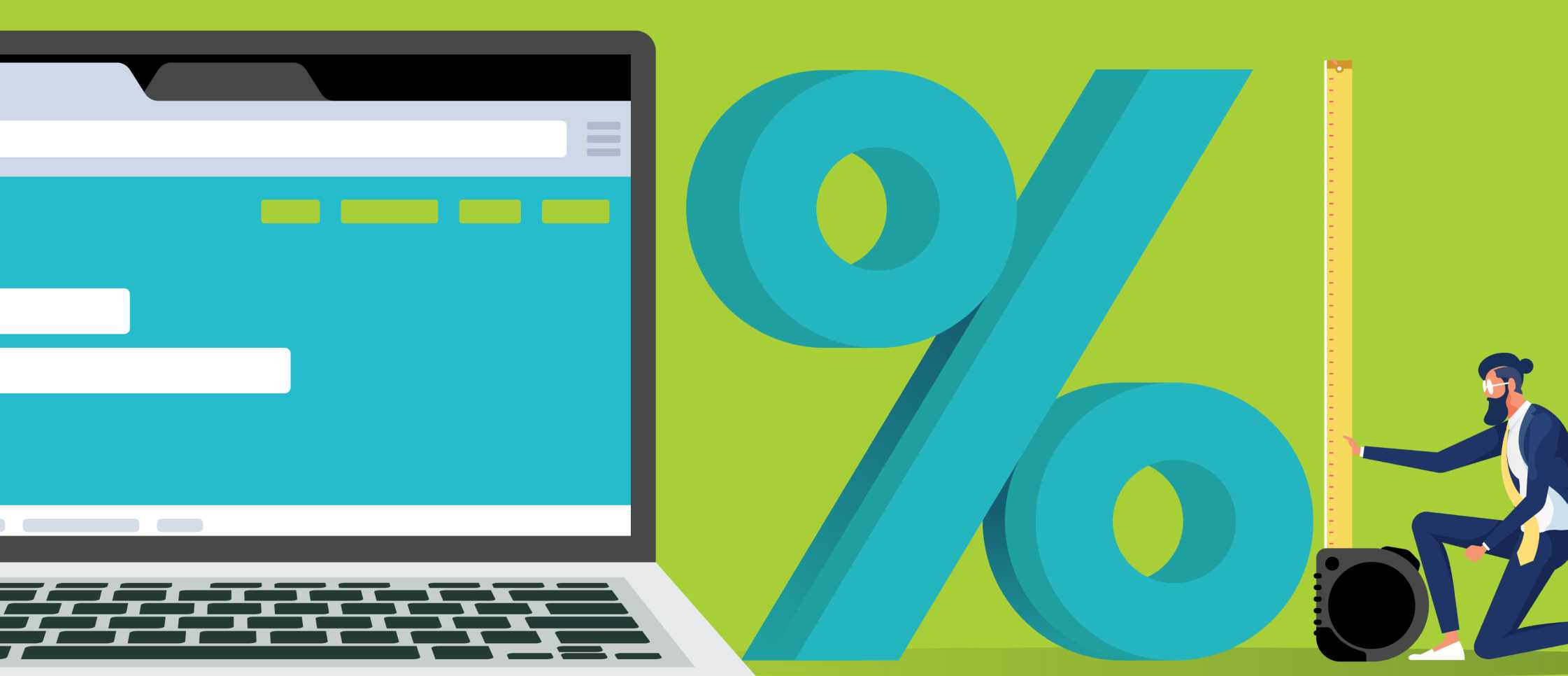The work we do at The Barn of Brands is always striving towards strategic marketing goals. One of those goals is to create fans of the companies we work with. Fans of your brand are the people w...
READ ARTICLEDon’t let spam protection requirements shut down your email marketing. If you’ve been using business email providers like Google Workspace or Microsoft 365, or send marketing emails from platfor...
READ ARTICLEIn 2018, a trend was identified in branding and logo design within the fashion industry. The phenomenon was called “reblanding” (sometimes mentioned simply as “blanding”) and referred to the perceived...
READ ARTICLEWe’ve redesigned more than our share of websites over the years, building them to convert prospects to customers as the hub of robust marketing and advertising campaigns. That experience (and a lot of...
READ ARTICLE



